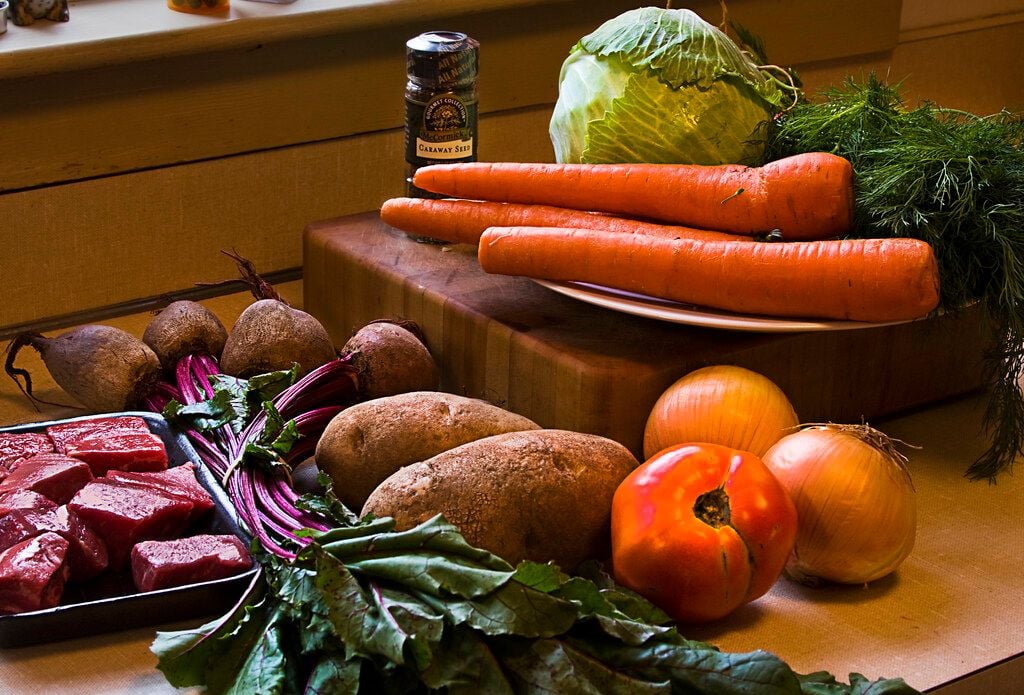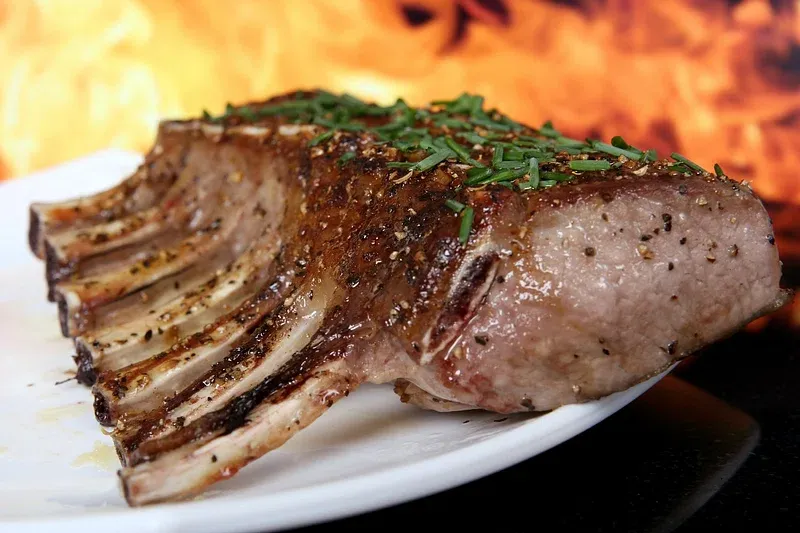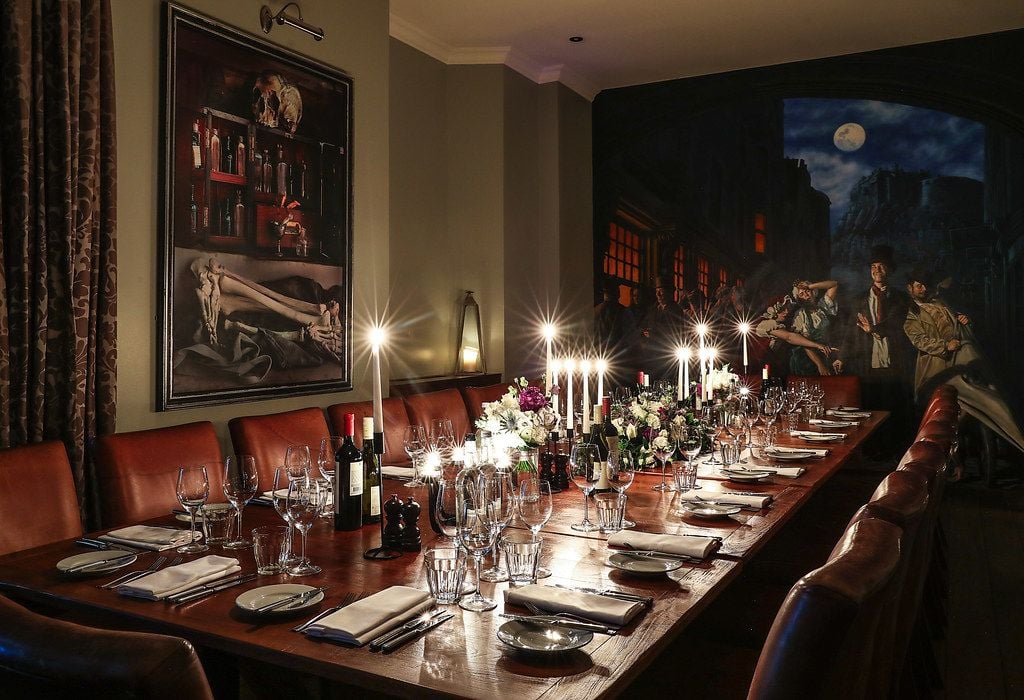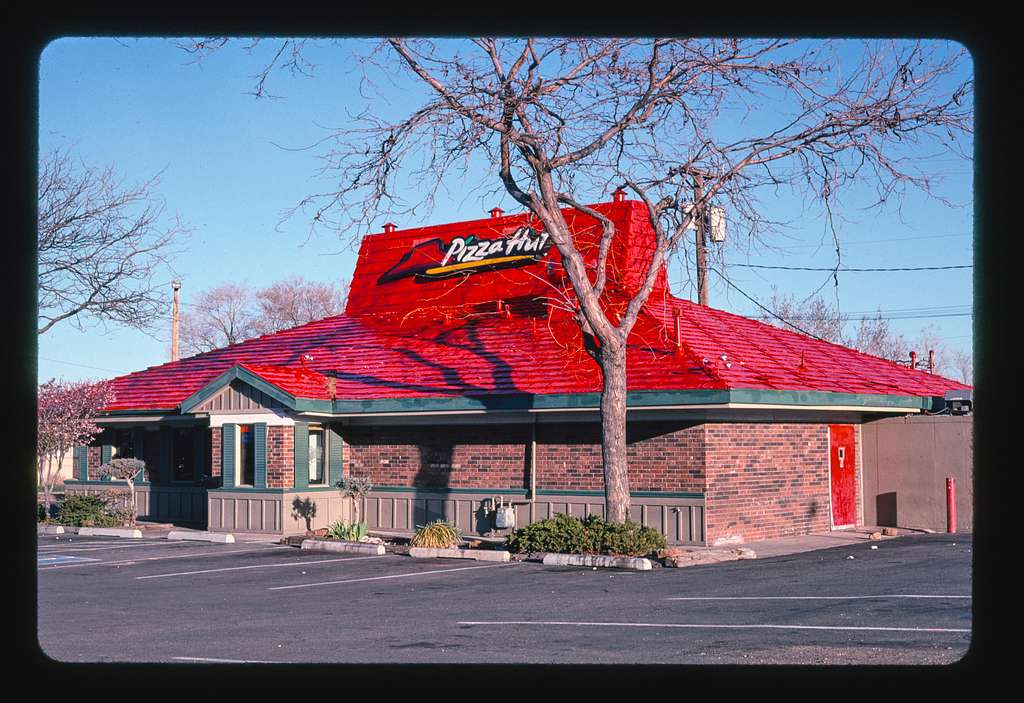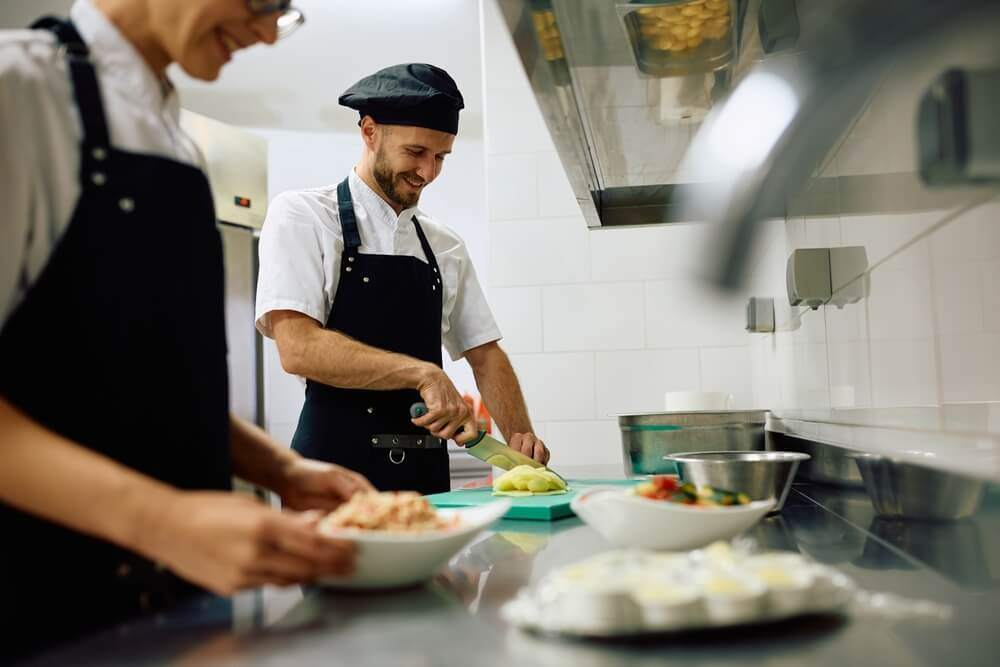
Crack-Free Desserts: The Secret is in the Bath
- Dec 17, 2024
Imagine this: after a period of anticipation, you pull a freshly baked cheesecake from your oven, only to discover a huge crevice splintering across its top-enough to rival the notorious San Andreas Fault. Or consider the disappointment when you scoop out your beloved crème brûlée, keen for a creamy bite, but instead experience curdled custard. Fortunately, a gastronomy trick emerges from none other than France to rescue your dessert drama: the bain-marie, or a hot water bath.
In layman's terms, a bain-marie involves situating a container filled with food within a larger one filled with hot water and subsequently baking the food in the oven. This French technique can save a dish that would otherwise lose its fine texture due to heat exposure. The water bath shields the custard from the oven's intensity, allowing it to gently and uniformly cook while a moist steam environment wards off any cracks forming on the surface.
Victor Protasio, seasoned Food Stylist assisted by Julia Bayless with prop styling, emphasized the relevance of a hot water bath, particularly for desserts that crack under pressure or overcook easily. This method is most efficacious with custard-based dishes. Protasio recommends using a bain-marie these tempting creations: cheesecake with tequila cajeta, Brazilian coconut egg custards, and the crowd-favorite burnt caramel flan. But, you may wonder, how to set up this culinary lifesaver?
Start by bringing a pot of water or kettle to boil before reducing the heat to a gentle simmer. If you're going for a classic cheesecake in a springform pan, wrap its sides with aluminum foil before placing the unbaked cheesecake at the pan's center to keep water out-skip this step if you're using a silicone mold as they are usually waterproof.
Next, set the roasting pan in the oven and cautiously pour water until it reaches halfway the springform pan's side. The key is adding water after placing the pan in the oven; attempting to maneuver a hot water-filled pan, cradling a whole cheesecake, is a disaster calling to happen and could lead to a burn.
If you're working with ramekins, nest them inside a baking pan, and ensure half the ramekins' sides are filled with water, being careful not to let water inside them.
For a stovetop version of a bain-marie, the double boiler serves as a fantastic option. The process is similar to an oven water bath-with a twist. Place a pot or heatproof bowl within a larger one filled with an inch of water, making sure the upper container does not touch the water. Once the water simmers gently, the steam traps and tenderly warms the smaller vessel's bottom, softly cooking or melting its contents.
The double boiler is popular within the dessert community for melting chocolate or slow-cooking eggs, like in a zabaglione. Velvety chocolate, as seen in molten chocolate cake or chocolate mousse, credits its texture to the boiler method. Fickle sauces like hollandaise also vote for a double boiler to prevent curdling and burning due to indirect heat. After all, who doesn't want a fondue that pours out like a dream or a creamy custard that just melts in your mouth?

